As the solar industry continues its exponential growth, installers need creative ways to continue scaling their teams while maintaining their effectiveness. Many of the easiest solar deals have been closed, so the sales techniques that worked for the first 600,000 homes that went solar are not guaranteed to work for the next two million.
One of the keys to successful sales is understanding the customer and tailoring a sales approach based on his or her unique needs and priorities. A good salesperson will customize their approach based on the customer’s engagement level, urgency, decision drivers and price sensitivity.
Think about sales techniques like a set of golf clubs: A skilled golfer assesses the unique situation of each shot, and chooses the appropriate club each time. In the same way, a good salesperson will thoughtfully select the sales technique for each customer interaction.
Advanced software tools help enable new sales techniques that were not available in the past. In this series, we will describe the most common sales techniques and show how software tools can help you use them yourself.
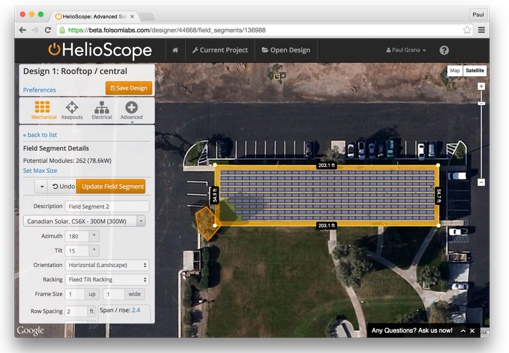
Advanced solar design software, such a HelioScope by Folsom Labs, lets a salesperson and customer collaborate on system design. Collaborative selling gives the customer a feeling of ownership over major project details, such as location and components. This technique, though more time-intensive than traditional sales techniques, is more likely to lead to a sale.
Method 1: Collaborative selling
The technique
In a typical system sale, you propose a project to a customer, complete with a design and equipment set. Inevitably, this sets up a dynamic in which you must explain and defend each aspect of the design. As customers ask questions, even well-intentioned ones, an adversarial dynamic can develop between a salesperson and customer, where you are on the defensive, and the customer is on the offensive.
As an alternative, why not let the customer design the system—or at least the basic parts of one? Meet to discuss a potential project, without a formally pre-configured array in-tow. Instead, talk through the 3 to 5 main system design aspects with the customer, letting them decide which direction they want to take with each step. Each decision should have two (or three at most) options. You should be able to explain the pros and cons of each.
This technique places just the 3 to 5 most visible system details (system size, component choice, etc.) into the hands of the customer, which makes them feel like an intrinsic part of the project development. A salesperson still controls the process and options that are on the table, as well as the majority of engineering decisions. In fact, 90% of the system design decisions is still be in the hands of the installer—important details such as the module layout, racking choice, grounding and code compliance. These details are too technical to be driven by the customer. This is a lot like automobile sales: The customer can specify the color of the car, the type of trim, and the size of the engine, but there are still hundreds of engineering decisions that are not up to the customer.
The key to this technique is making the process (and system details) feel like the customer’s idea—and therefore, having them feel ownership for the ultimate system.
What it looks like
While this sales method may sound complex, the process doesn’t have to be difficult. And with advanced solar project design software, you can design projects with the customer, right in their own office or living room, further reinforcing the fact that they are having real design input.
Generally, three to four design decisions lend themselves well to this type of customer collaboration. They are as follows:
Location: Where should we put the array (rooftop, carport arrays, or ground-mounted array)?
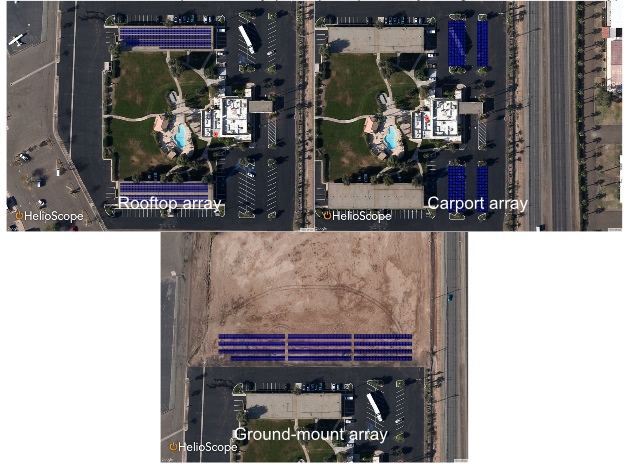
System size: How large should the array be? Is the customer looking for a partial offset of their usage, or full offset?
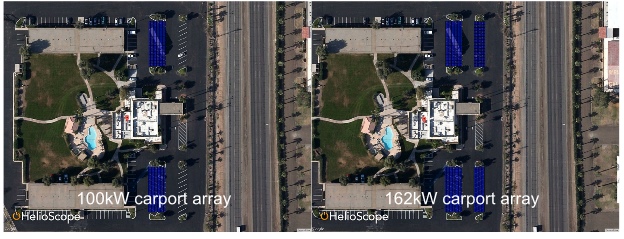
Components: What kind of equipment should we use? Crystalline modules, American-made modules, or high-efficiency modules? Central inverters, Microinverters, or optimizers?
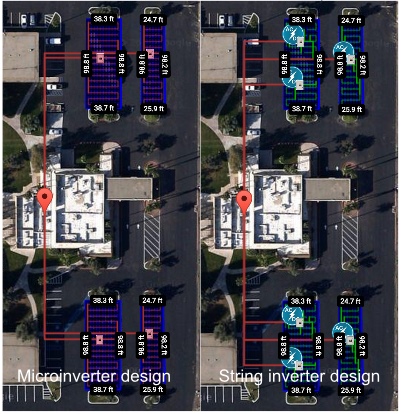
Finance: How should the system be financed? Does the customer prefer a PPA, lease or cash?
When this sales technique works best
Engaged customers: This technique works well with customers that want to be highly engaged in system design. For example, if a customer is already tracking their energy consumption, this is a good sign that the collaborative sell will work. Also, ask how they purchased their last car. If the process involved a lot of research, this also indicates that the customer will want a similar level of engagement with their solar array.
VP of Operations: With commercial customers, you will often have a range of decision makers, from the business owner to the operations team to the legal team. If the main point-person on the project is the operations lead, then this technique can work very well. The VP of Operations needs to be able to explain the system choices to the rest of the team. So by including them in the decision-making process up-front, you set them up for success internally with the rest of their team.
Advantages
Customer ownership: Because the system is designed based on the customer’s decisions at each stage, they will feel a much greater sense of ownership over the final product – and you will have a much higher rate of success with the deal.
Competitive success: If a competitor comes knocking on the same customer’s door with an alternative proposal, the business is not just competing against you – they’re competing with the customer’s own decisions. Plus, the customer is that much more likely to come back to you if any other installers propose a different approach.
Disadvantages
Time investment: This technique takes a longer time with the customer, so if your deal time gets shortened, you may need to abandon this approach in favor of one with a faster result.
In closing
Customer collaboration is often overlooked when we are strapped for time and want to get proposals out the door as quickly as possible. But when used well, this technique can turn 50-50 chances into a guaranteed close.
Read “Method 2: The Optimization Sale” here.
Paul Grana is the co-founder and head of sales & marketing for Folsom Labs.
Read more Solar Boot-up articles from Folsom Labs here.


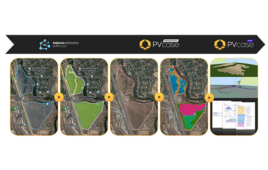
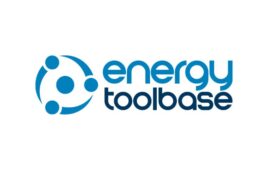

Tell Us What You Think!